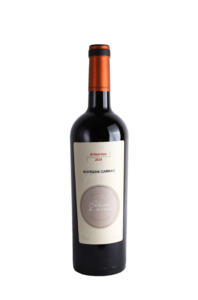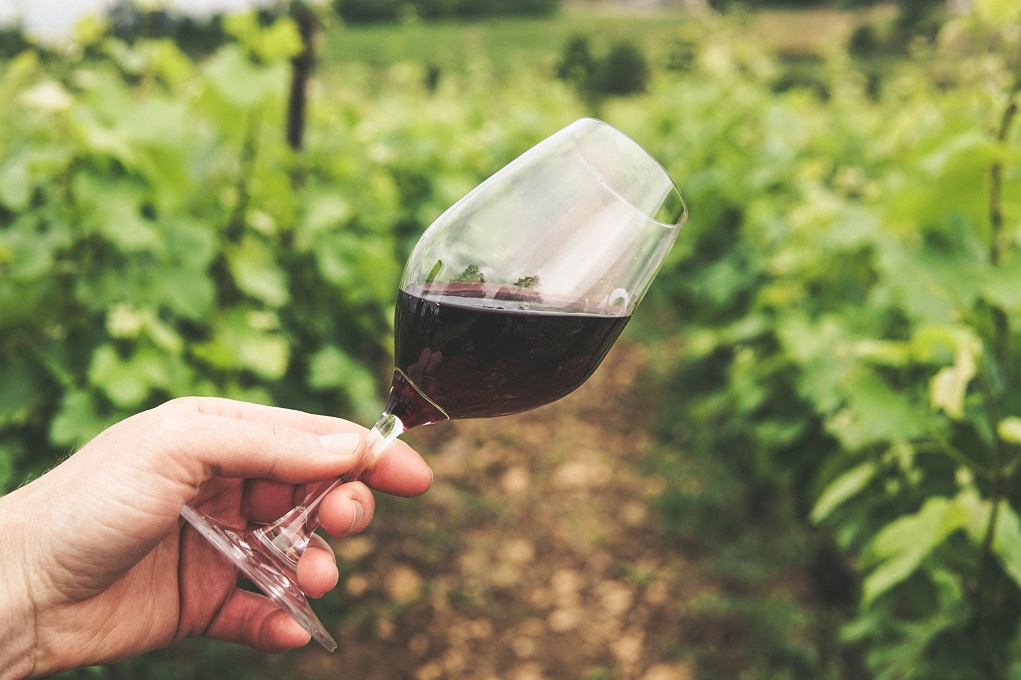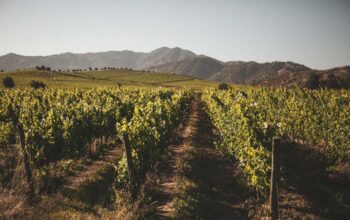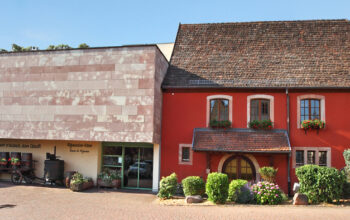What a small wine country can be big at. It is a local grape that may be a big hero here in Uruguay. It is the grape called arinarnoa that steals the show here and presides over great wines. Let this quirky wine surprise you too!
The winery Bodegas Carrau
Bodegas Carrau is a family business with a long history, currently Javier Carrau (9th generation) is at the helm of the company. The 10th generation has now also been working within the company for 10 years. Javier's son Marcos is a biologist and winemaker while Javier's daughter Juliana is responsible for administration and marketing.
The Carrau family started making wine in Spain more than 265 years ago. They exported their wine from Barcelona to America in the 18th century. The economic depression in the 1930s made Juan Carrau decide to settle in Montevideo, Uruguay. Juan Carrau, an oenologist by profession, immediately started planting vineyards upon arrival in Uruguay. Some of the country's oldest vines can still be found here. Wind from the ocean tempers the heat during the summer months in Las Violetas and in winter the area is free of frost. Due to the significant temperature differences between day and night, the grapes ripen slowly and are given every opportunity to develop their full aromatic potential.

Arinarnoa, La Violetas 2020
Sourced from a single plot in the Las Violetas area, where proximity to the ocean and Rio Plata provides cooling. The soil consists of calcareous clay with a reasonable organic matter content. The arinarnoa planted here is a special grape variety, once created in France as a wild cross between tannat and cabernet sauvignon. Although officially recognised in France, hardly any is planted there, but in Uruguay the grape feels more than at home. The arinarnoa is a late variety so it ripens under relatively cool conditions, at the end of the season: perfect for the development of fine aromas. The bunches are harvested by hand and transported to the cellar in small containers. After two days of cold skin soaking, fermentation proceeds in the classic manner, after which the young wine matures for 12 months in French oak.
Flavour description
The purple earthy glow that shows on pouring the wine foreshadows a tough pure wine. The aroma supports this appearance with bright berry fruit, delicate floral perfume wrapped with a rustic edge. It's the tough edge of the wood-aged wine.
On the palate, you are immediately gripped by the splashy berry fruit and intense freshness. But don't expect a childlike bouncy ball. The tannins and wood ageing give the wine grip and structure. The wine is fluid and uplifting with a pleasant ragged edge. This quirky grape gives a wine that is one of a kind.
Application
There are a few things to consider with this wine. First, give it air and space. The wine benefits from being allowed to stand in a decanter for a while. It softens the jagged edge and gives more room for the fruit to come to the fore. It could also safely age in bottle for another year, but don't wait too long. You don't want to lose the fresh berry fruit by waiting too long. Pour the wine in burgundy glasses so that it also has room to get air in the glass. And don't drink the wine too hot. So make sure that when you decant the wine, you pour it cool in the decanter so it doesn't get too warm in the glass when you pour it 15 minutes later.
Wine and food
Perhaps the perfect dish would be lamb, with a sauce to which 'ras el hanout' spices have been added. Dishes with roasted beets also go great with this wine. But just as easily the wine goes with a carpaccio of beef or Spanish tapas. And the fact that this wine is slightly cooler to drink makes it a perfect barbecue wine.
Give the wine attention and space, and you will get so much pleasure in return!
Contact
If you want more of this wine, contact The Monk Beverages.




